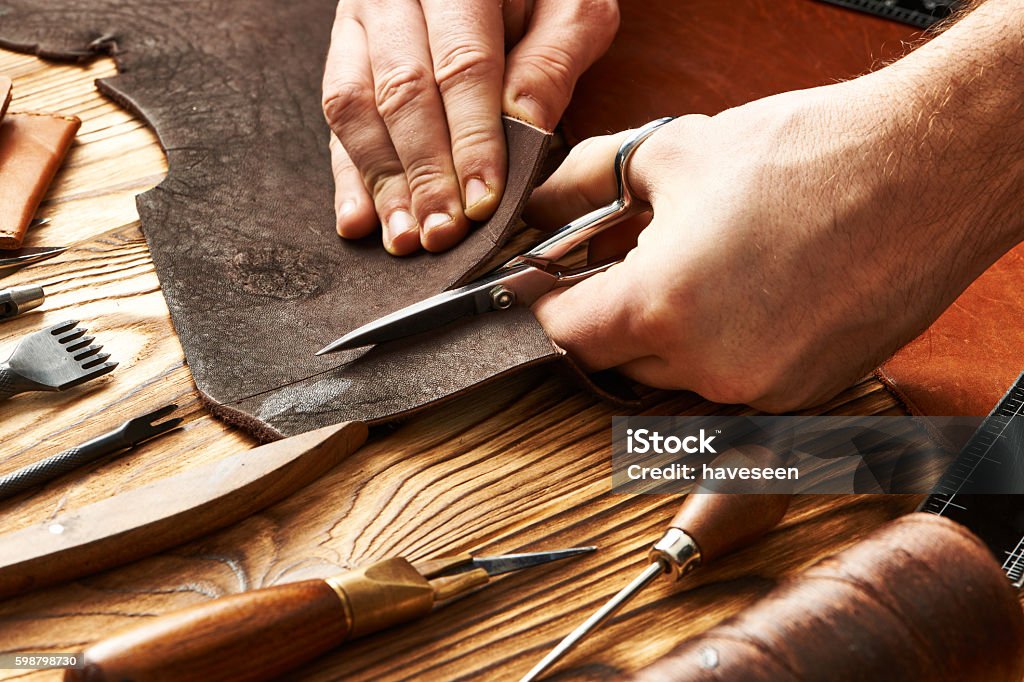
Top 10 Tips for Selecting Quality Leather for Your Crafts
Discover the best tips for selecting quality leather for your crafts. Learn how to choose the perfect leather for your creative projects from scratch!
In the crafting world, choosing the right leather is essential to ensure the quality and durability of your projects. From bag making to jewelry making, the type of leather you select can make the difference between a mediocre piece and a masterpiece. Here you will find a detailed guide with ten tips to help you select the best leather for your creations, no matter if you are a beginner or a crafting expert.
10 TIPS FOR CHOOSING THE IDEAL LEATHER
1. Understand your needs
Before you embark on purchasing leather, it's crucial to understand the purpose of your project. Are you making a sturdy bag for everyday use or a delicate accessory for special occasions? Understanding your needs will help you determine the most suitable type of leather.
2. Know the Different Types of Leather
There are several different varieties of leather on the market, each with its own unique characteristics. From full-grain leather, known for its durability, to faux leather, which offers a more affordable and vegan alternative, it's important to familiarize yourself with the options available.
2.1 Full Grain Leather
This type of leather retains the natural texture of the skin and is highly resistant. It is ideal for projects that require durability and wear resistance.
2.2 Synthetic Leather
Made from man-made materials, faux leather is an ethical and economical choice. While it may lack the same character as genuine leather, it is a popular alternative for those looking for vegan options.
3. Evaluate the Quality of the Leather
When selecting leather for your crafts, it is crucial to evaluate its quality. Inspect the texture, thickness, and flexibility of the leather to ensure it meets your quality standards.
4. Consider the Finish
Leather finishes can range from matte to glossy, and each can complement different styles of projects. Keep your desired finish in mind when selecting your leather.
5. Check the Origin of the Leather
To ensure the authenticity and quality of leather, it is important to verify its provenance. Opt for reliable suppliers that offer ethically and sustainably sourced leather.
6. Test the Water Resistance
Depending on the intended use of your project, it's important to consider the water resistance of the leather. Some varieties are more susceptible to water damage, while others offer greater protection.
7. Seek Flexibility
The flexibility of leather is crucial for projects that require bending or shaping. Look for leather that is flexible enough to adapt to your creative needs.
8. Examine the Imperfections
Imperfections in leather, such as scars or natural markings, can add character and authenticity to your projects. Consider whether you want to incorporate these imperfections into your design.
9. Calculate the Necessary Quantity
Before making your purchase, be sure to calculate the exact amount of leather you need for your project. This will help you avoid waste and unnecessary expenses.
10. Consult with Experts
If you are still unsure about which type of leather is best suited for your project, don't hesitate to consult with experts on the subject. Industry professionals can offer personalized advice and guidance.
FREQUENTLY ASKED QUESTIONS FROM OUR CUSTOMERS
1.What is the difference between genuine leather and synthetic leather?
Genuine leather comes from animal skin, while faux leather is made from man-made materials. Both have their own advantages and considerations.
2.How can I identify quality leather?
Leather quality can be assessed by texture, thickness, and flexibility. Look for leather that is durable and resistant to wear and tear.
3. Is faux leather an ethical choice?
Faux leather offers an ethical alternative for those who wish to avoid using animal products. However, it is important to research the materials used in its manufacture.
4.Does leather shrink over time?
Natural leather may experience some shrinkage over time, especially if exposed to extreme humidity or dryness. Proper care can help mitigate this effect.
5.How can I protect leather from water damage?
To protect leather from water damage, consider applying a waterproofing product specifically designed for leather. Also, avoid exposing leather to prolonged wet conditions.
6.How long does faux leather last compared to genuine leather?
The durability of faux leather can vary depending on the quality of the materials and the care provided. In general, genuine leather tends to be more durable in the long run.
👍Choosing the right leather for your craft projects can make a huge difference in the end result. With these ten tips, you are equipped with the knowledge needed to select quality leather that will elevate your creations to new levels of excellence.
===========================================
